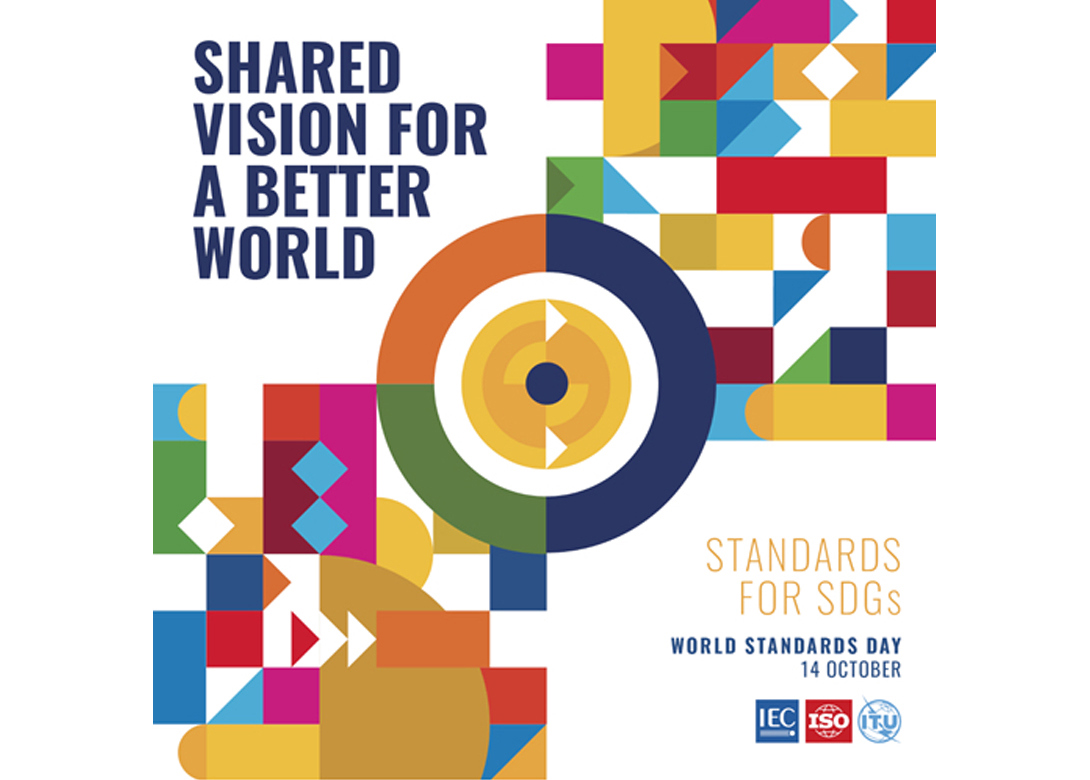
By Dr Bill Eccles, Bolt Science
Today, to celebrate World Standards Day, Dr Bill Eccles from Bolt Science outlines the importance of international standards and their governing boards to the fastener and fixing industry.
World Standards Day, celebrated since 1970, is supported by the main international standard bodies, ISO, IEC and ITU, is a day for celebrating global standards. A standard provides the information of minimum component requirements which are used to judge whether a part is fit for purpose or not. Even though fasteners are considered ‘standardised’ products, Dr Eccles says the central importance of standards are often undervalued.
“Engineers have adopted their threads without reference to a common standard,” explained Joseph Whitworth in his paper ‘On a Uniform System of Screw Threads’. Whitworth described his proposed thread, as it was before the official standards we know today. Whitworth’s description of his standard thread allowed bolts and nuts to be made as standardised products.
Standards are developed over time and the content is not fixed, instead it is periodically reviewed and, if needed, updated and refined. Using the Whitworth thread as an example, by including tolerances (that Whitworth did not define), standardising additional thread pitches, as well as larger and smaller diameters became possible. Continued reviews and updates of this standard continued until it eventually became the current BS 84 standard. This evolution and development of a standard tends to be typical.
Another example of a standard which is continuously updated is the British Standard 0, which states: “Standards provide a reliable basis on which common expectations can be shared regarding specific characteristics of product, service or process.” Standards in the fastener field are often international in nature, as shown by the International Organisation for Standardisation (ISO) which produces fastener standards for international usage. At this international level, a draft standard is produced by experts in the specific field from national standards bodies, such as DIN or BS. A consensus is sought first between the experts and then between national standards bodies that vote whether a particular draft standard should be accepted.
Standards often refer to other standards in their text. For example, an ISO standard on standard hexagon bolts, ISO 4014. In the standard’s terminology, a bolt would be specified as hexagon head bolt ISO 4014 – M12 x 80 – 8.8. In which M12 refers to the thread size, 80 equates to the length of the bolt in millimetres and the 8.8 refers to the property class. Furthermore, instead of listing the dimensions of bolt threads, this standard will refer to other standards, such as ISO 724 or ISO 965-1.

Becca is the latest member to join our team and is eager to get stuck into the world of fasteners. She brings an enthusiastic and fresh outlook on what we do editorially and will be leading our social media activity – including sourcing material, editing articles and posting online.





